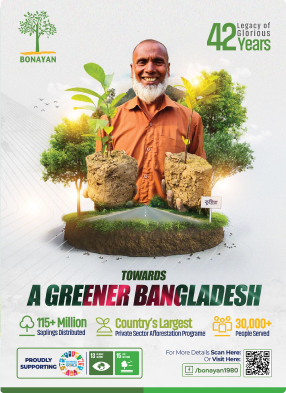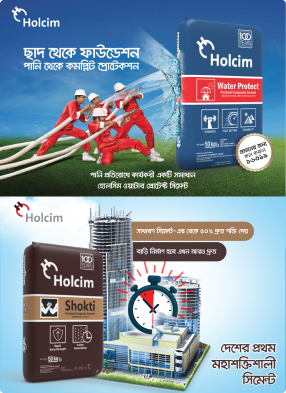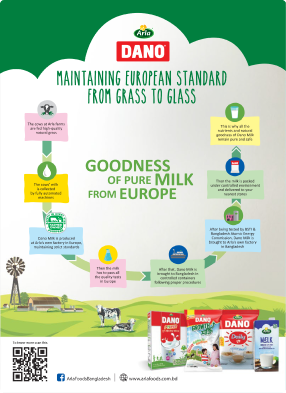- info@ficci.org.bd
- |
- +8802222271610, +8802222271611
- Contact Us
- |
- Become a Member
- |
- |
- |
- |
- |
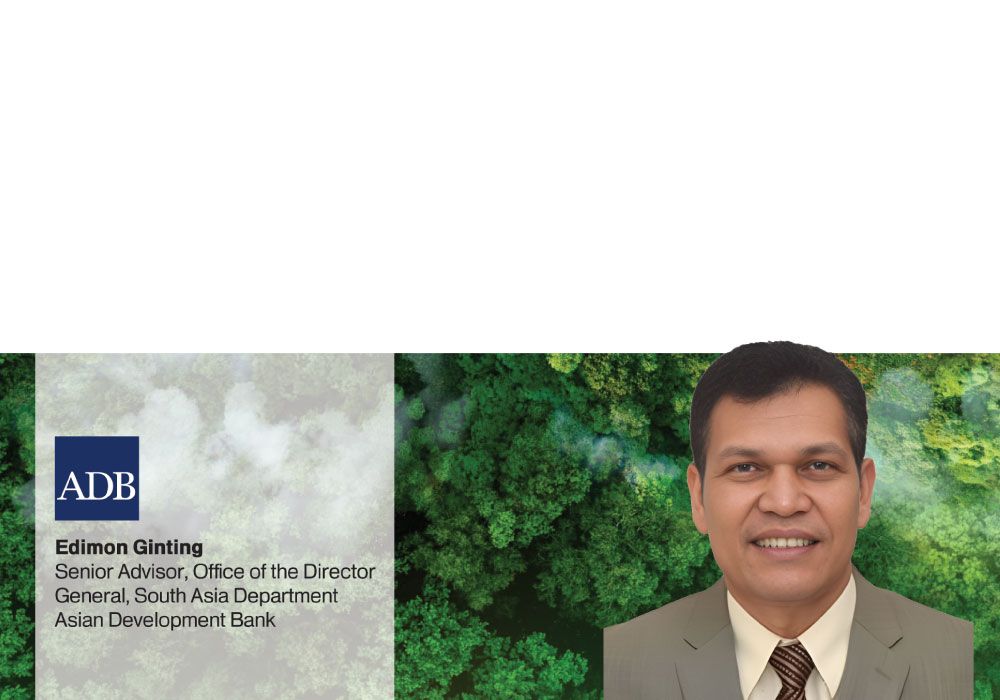
Bangladesh's sustained economic growth since the turn of the century has been largely associated with the ready-made garment (RMG) sector. After the emergence of RMG, remittances have also provided a significant and stable support to the economy given the increase in the number of Bangladeshi workers employed overseas.
With the prolonged global economic headwinds following the COVID-19 pandemic, these two long-standing growth drivers have proven to be insufficient. Despite a quick economic recovery, the vulnerabilities of Bangladesh's economy have been exposed by the rise in global commodity prices, supply chain disruptions, and global monetary tightening. In the last two years, inflation rose to double digits and the external balance (financial account) experienced an unprecedented deterioration, putting the country's foreign exchange reserves and the taka under significant pressure.
Economic turbulence over the last two years has provided a vivid reminder of the need to diversify the country's drivers of growth beyond RMG and remittances. With the desire for LDC graduation, the urgency to diversify the economy is much greater given that Bangladesh is set to lose most preferential market access and other privileges critical for continued competitiveness of the RMG sector. With the Interim Government set to deliver on reforms needed to turn the economy around, it is the right time to accelerate efforts to diversify Bangladesh's exports.
Foreign Direct Investment: A Key Missing Driver
There is of course no single solution to Bangladesh's lack of progress 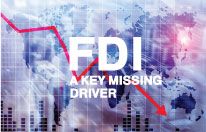 in diversifying its exports, but one key missing ingredient is foreign direct investment
in diversifying its exports, but one key missing ingredient is foreign direct investment
In addition to bringing needed capital, FDI can play a key role in modernizing Bangladesh's productive capacity and serving as a conduit for the local diffusion of technology and expertise, as well as providing important links to global value chains (GVCS) across different sectors. However, despite several positive attributes that make Bangladesh appealing to investors, the country has historically underperformed in attracting FDI. Most FDI inflows over the past decade consisted of reinvestments by already established foreign companies. In 2022, the country's stock of FDI was under 5% of GDP, among the lowest in the world, and concentrated in capital-intensive and fossil fuel-based industries. Incoming FDI in 2023 was less than 0.5% of GDP, among the lowest in Asia-Pacific.
Given the current state of the economy, FDI will also bring long-term foreign exchange needed to improve the country's reserves and external balances. With limited domestic capital to support growth due to large and increasing non-performing loans in the banking sector, attracting more FDI to power economic growth is even more important.
What are the most important steps Bangladesh can take to put itself on the global investment map? As is the case for attracting domestic investment, attracting FDI will first require a quick and sustained re-establishment of law and order. Then, the country needs to restore and maintain macroeconomic sustainability with credible policies.
Beyond these efforts, the following are key structural reforms and policy orientations that can bring Bangladesh closer to comparator economies in South Asia and Southeast Asia.
Reforms to shift policy orientation 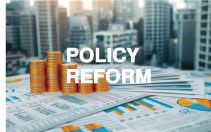
One of the fundamental factors behind the low competitiveness of the non-garment sectors is the dualism of the country's trade policy. While the RMG sector receives generous support so it can thrive in export markets, non-garment sectors have been heavily protected from import competition. The average nominal protection (tariff and para tariff) for non-garment sectors is around 28%. The high level of protection has helped import-competing local industries and provided them with low incentives to export.
This policy orientation needs to shift by reducing protection and providing concerted policy support to leverage existing productive capabilities in other established domestic-oriented industries such as pharmaceuticals, electron- ics, and light machinery. Having an open trade and investment regime is essential to attract FDI and increase integra- tion into GVCS.
Another policy shift is on the climate orientation of FDI. The carbon footprint of the existing FDI flowing into Bangladesh is generally high, as it remains heavily skewed toward fossil fuels. In line with the county's effort in promoting greener growth, a considerable shift in FDI away from fossil fuels and into renewables and energy efficient technologies must be strongly facilitated.

Investors still find Bangladesh's regulatory environment to be complex. To start a business still requires an investor to navigate 23 government agencies for up to 150 regulatory services and approvals. Obtaining business licenses is cumbersome and time-consuming. The One Stop Service system has partly addressed this challenge, but it has yet to fully integrate all relevant administrative procedures efficiently.
The Foreign Private Investment Promotion and Protection Act (FPIPPA) for promoting FDI in Bangladesh has remained largely unchanged since 1980. Modernizing the legal regime by addressing its important shortcomings, while consoli- dating and clarifying the legal framework for investors should be one of the important reforms going forward. The protections accorded in the FPIPPA, such as unqualified fair and equitable treatment, are also out of line with recent developments in investment laws worldwide. Improvement in the legal framework will need to be accompanied by enhancement of transparency, integrity, and efficiency of the judicial system.
In attracting FDI, Bangladesh will need to step up efforts to create the legal and institutional framework for responsible business conduct (RBC), such as in relation to international labor standards, human rights and environmental conven- tions ratified by Bangladesh. Just like in the garment sector, participation in global supply chains requires meeting mandatory global due diligence. Attracting more FDI is also an opportunity to enhance Bangladesh's international investment competitiveness by supporting home-grown RBC initiatives and adapting international standards to the local context.
Finally, because of an unfavorable business environment, Bangladesh has offered very generous corporate income tax (CIT) exemptions to investors. Looking ahead, after implementing the most critical reforms, the government may want to reassess whether certain exemptions are still fit-for-purpose. Globally, CIT exemptions and reduced rates are typically less effective in generating additional investment compared to expenditure-based incentives like tax allowanc- es or tax credits.

Conclusion
Bangladesh's development progress and prospects increasingly depend on its capacity to attract needed investment to deepen economic diversification. This will require policy shifts that leverage trade and investment opportunities associated with FDI and GVC participation. To fully benefit from these, the country will need to prioritize greener invest- ment and enhance its ability to respond to global expectations on RBC. The much-needed investments will also need to enhance Bangladesh's ability to withstand immediate and long-term consequences of climate change.

Edimon Ginting is Senior Advisor at the Asian Development Bank's South Asia Department, and a former Country Director of the Bangladesh Resident Mission. The article is based on a forthcoming ADB-OECD publication, Road Map for Investment Policy Reforms and Sustainable Development.

